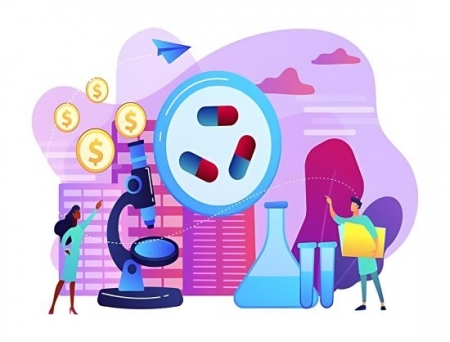India's Pharma 2.0: Moving Beyond Generics to Innovation

For decades, India has been known as the “pharmacy of the world.” The country built this reputation on its strength in generics. Low-cost medicines from Indian companies reached millions across the globe. They helped make treatments affordable in developed and developing nations alike. But the industry is changing. India’s pharma story is no longer only about generics. A new chapter is opening—one driven by research, innovation, and advanced therapies.
The shift did not happen overnight. Rising competition in the generics market has squeezed margins. Global regulators have tightened quality norms. Patients and healthcare systems are demanding newer solutions. Together, these forces have pushed Indian companies to think differently. To stay competitive, they must move up the value chain.
Research and development is at the heart of this change. Companies like Sun Pharma, Dr. Reddy’s, Biocon, and Cipla are investing heavily in R&D pipelines. Biosimilars, biologics, and complex generics are taking center stage. Biocon, for example, has built a strong global presence in biosimilars, offering affordable alternatives to costly biologic drugs. This is helping Indian pharma gain recognition in markets like the US and Europe, where biologics are fast-growing segments.
The innovation drive is not just limited to big players. Mid-sized firms and startups are also entering new areas. Cell and gene therapies, mRNA technology, and novel drug delivery systems are attracting attention. The success of Indian firms in vaccine development during COVID-19 proved the country’s scientific capabilities. Now, many are working to replicate that momentum in other fields.
Government support is also playing a key role. The Production-Linked Incentive (PLI) scheme is pushing local manufacturing of high-value products, including APIs and advanced formulations. Bulk drug parks are being set up to reduce dependence on imports from China. Policies now emphasize not just affordability, but also self-reliance and global competitiveness.
At the same time, challenges remain. Innovation needs deep pockets and long-term commitment. R&D investments in India still lag behind global averages. While companies spend 6–8% of revenues on R&D, global peers invest nearly double. Regulatory hurdles, talent shortages, and infrastructure gaps also slow progress. To truly become a leader in innovation, India will need stronger ecosystems—incubators, research clusters, and global partnerships.
Yet, the direction is clear. Indian pharma is no longer content being a volume leader. The ambition is to be a value leader too. This means creating new drugs, building brands, and setting benchmarks in quality. The journey may be long, but the shift has begun.
Pharma 2.0 is about India moving from being the world’s supplier of affordable generics to becoming a hub of cutting-edge innovation. If the momentum continues, the next decade could see Indian discoveries shaping global healthcare in ways as significant as its generics once did.
Biosimilars India’s Pharma 2.0 Moving Beyond Generics to Innovation Pharmacy of the world Sun Pharma, Dr. Reddy’s, Biocon, and Cipla
Last news about this category
We use our own and third party cookies to produce statistical information and show you personalized advertising by analyzing your browsing, according to our COOKIES POLICY. If you continue visiting our Site, you accept its use.
More information: Privacy Policy

















